The RED Komodo has been one of the most unique cinema cameras in the market since its release in 2020. Originally positioned as an entry-level RED camera for independent filmmakers and as a compact crash cam for high-budget productions, the Komodo has gained a cult following. Now, with RED slashing its price by roughly $2,000—bringing it down to just $2,995—the question arises: should you buy one? The short answer: absolutely. Let’s break down why this price drop makes the Komodo an unbeatable deal.
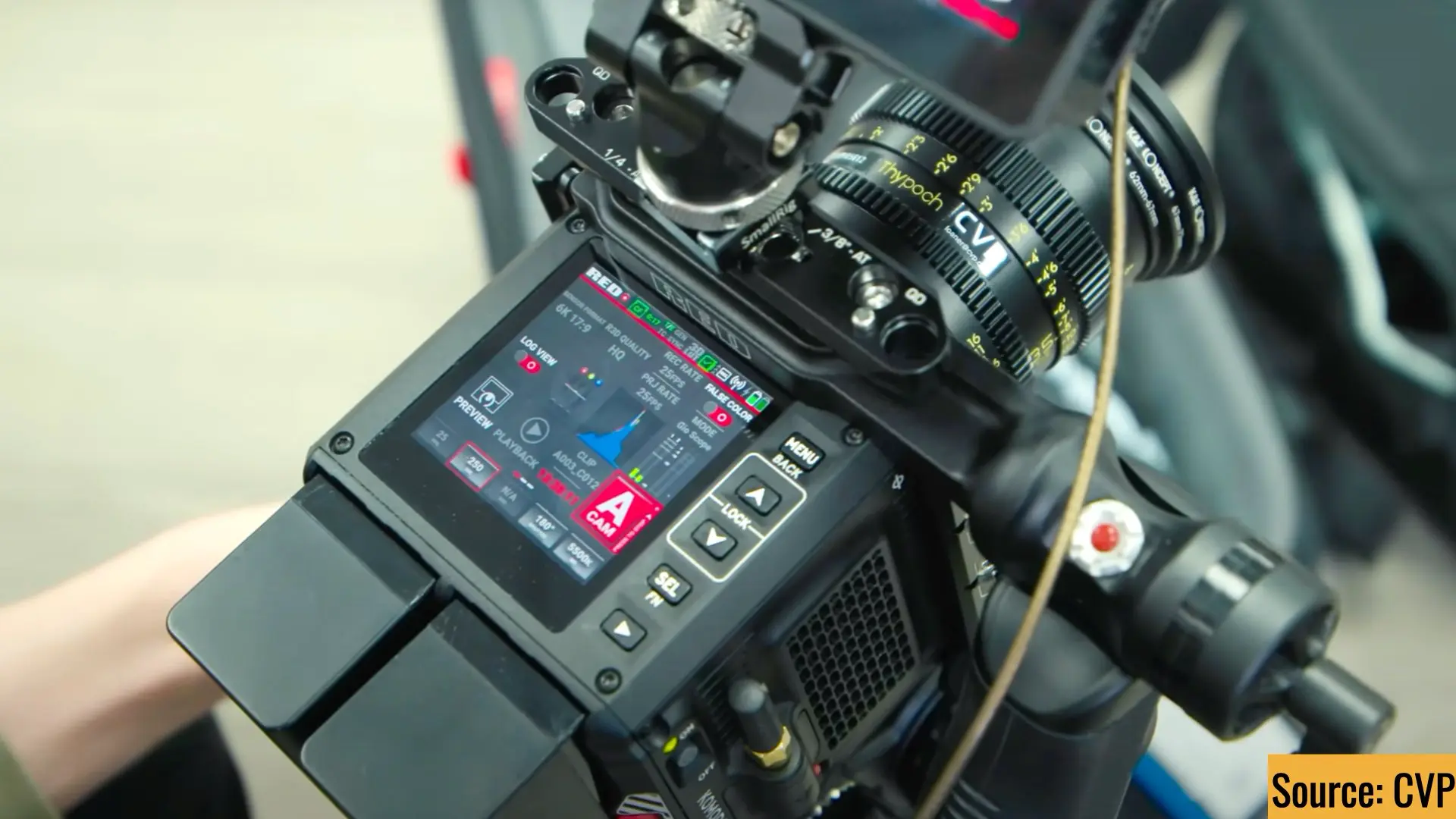
The Evolution of the RED Komodo
The RED Komodo was first teased in 2019 as a compact, affordable cinema camera that would bring RED’s signature image quality to a wider audience. In Komodo: A New Affordable Camera by RED Digital Cinema, early details emerged, generating excitement among filmmakers. Its small form factor and global shutter made it an attractive choice for professionals looking for a powerful yet compact solution. Filmmaker Michael Bay quickly recognized the potential of the Komodo, utilizing a specialized “Bayhem” version of the camera for his action-packed films. In Michael Bay’s 6 Underground: RED Bayhem Camera and the Komodo Bayhem, we saw how the Komodo was pushed to its limits in high-intensity cinematography. Later, the camera was again used for a Hard Rock commercial, further cementing its reputation as a versatile action camera.
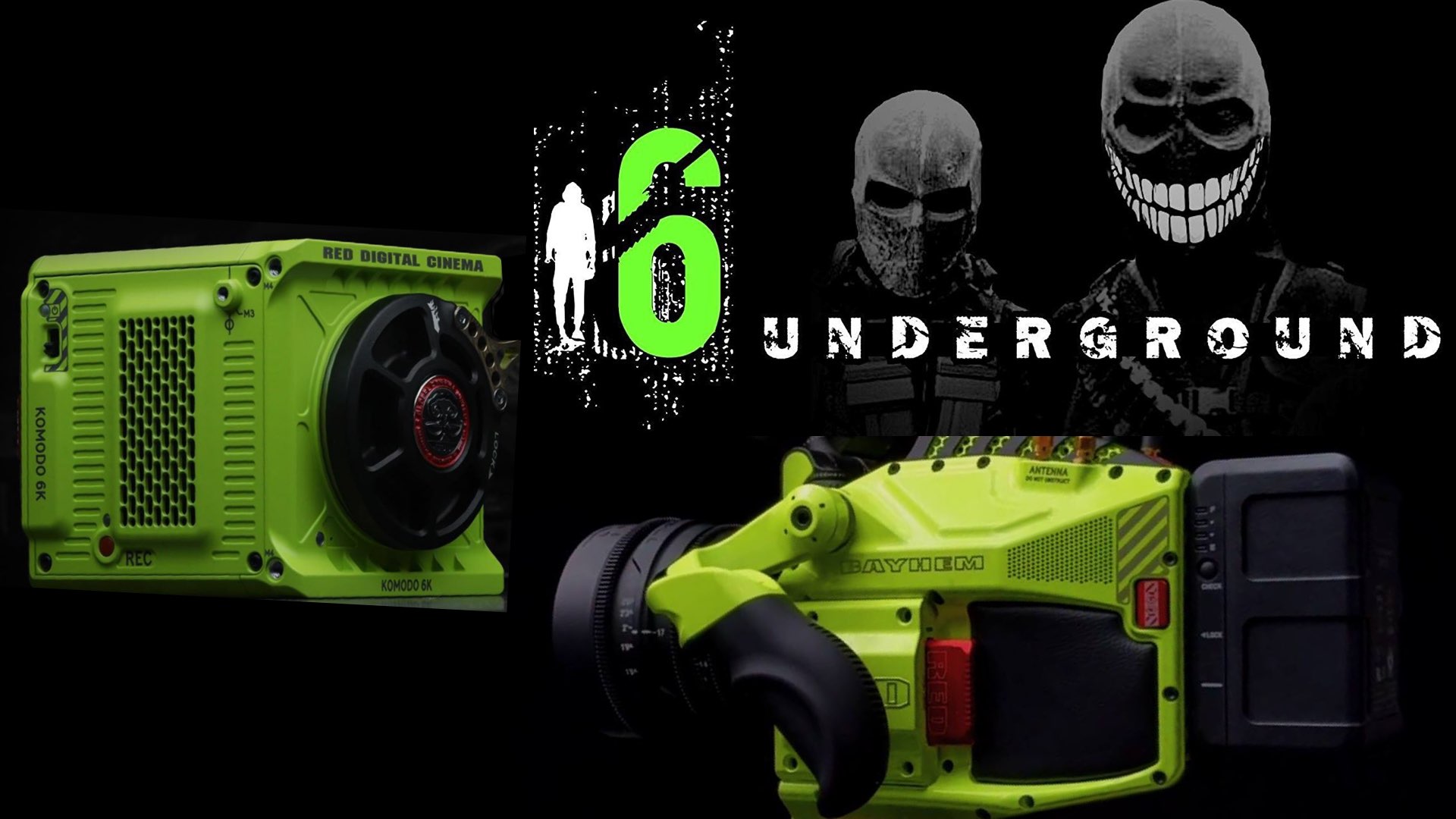
RED Komodo’s Impact on the Industry
The Komodo has made waves in the industry, finding its way into major productions and experimental filmmaking setups. Notably, it was used in the opening scene of Saturday Night Live (Shot on RED Komodo: The Opening Scene of SNL) and even in high-speed drone cinematography for action-packed racing scenes (Watch RED Komodo Flying at 100 MPH on FPV Drone Shooting Race Cars). The Komodo’s success in professional settings is further evidenced by its use in Hollywood productions like The Suicide Squad (The Suicide Squad Trailer Released: Shot on IMAX-Certified RED Monstro and Komodo) and Extraction 2 (Extraction 2 Trailer Was Shot on RED Komodo). The Komodo’s reputation was solidified when it became a Netflix-approved camera, making it a viable choice for filmmakers seeking to meet the platform’s strict technical requirements. It was also used in the first feature film shot entirely on the Komodo, as highlighted in The Trailer of the First Shot by Komodo Feature Released. The camera was also instrumental in FPV drone cinematography for major productions like Red Notice (Watch All Red Notice FPV Drone Sequences) and Michael Bay’s Ambulance (Michael Bay’s Ambulance Trailer Dropped: Cinema FPV Rules). Additionally, the introduction of Canon’s EF-EOS R 0.71x adapter (Canon’s New Mount Adapter EF-EOS R 0.71x Transforms the RED Komodo into a Full-Frame Cinema Camera) expanded the Komodo’s versatility, making it compatible with a wider range of lenses while enhancing its low-light performance. The Komodo’s influence even led to speculation about upcoming Canon cinema cameras resembling its form factor (Is This the Next Canon Boxy Cinema Camera?), further proving its impact on the industry.
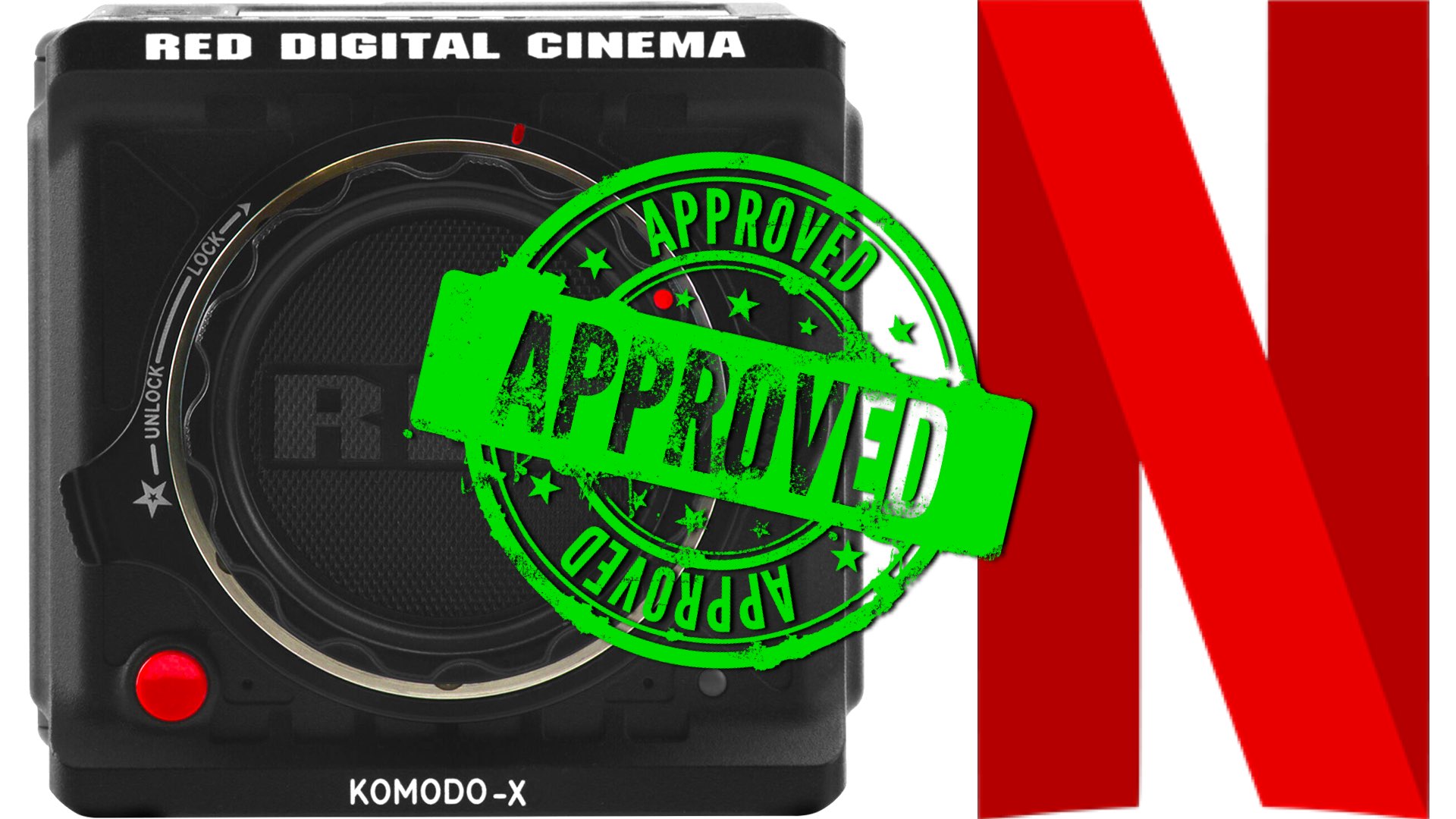
A Cinema Powerhouse at a Good Price
6K Super 35 Global Shutter Sensor
One of the key reasons the Komodo stands out is its 6K Super 35 global shutter sensor. Unlike rolling shutters found in most cameras, a global shutter captures the entire image at once, eliminating motion distortions, skewing, and jello effects. This makes the Komodo a fantastic choice for action sports, high-speed motion, and even virtual production setups. Despite being over four years old, no other camera at this new price point offers a global shutter with such a high-resolution sensor.
RED’s Legendary Image Quality and RAW Recording
The Komodo’s ability to record in RED’s proprietary 16-bit R3D RAW format is another game-changer. This is the same RAW format used in RED’s flagship cameras, like the V-Raptor X. The ability to shoot compressed RAW internally at different compression ratios allows for exceptional flexibility in post-production. Additionally, the camera supports Apple ProRes, giving users an alternative for projects that require faster turnaround times.
Four Years of Firmware Updates: A Camera That Keeps Getting Better
Since its launch, the Komodo has received 10 major firmware updates, significantly improving its usability and feature set. The latest firmware update (1.8.3) brings enhancements like customizable user pages, improved touchscreen functionality, refined autofocus, and better UI navigation. The fact that RED continues to refine and upgrade the Komodo after four years shows their commitment to the camera and its users.
Compact Yet Versatile Form Factor
At its core, the Komodo is a true box-style cinema camera. Its small size and lightweight design make it ideal for gimbal work, drones, and tight spaces where a larger camera wouldn’t fit. Despite its compact nature, it can be fully rigged out with accessories to function as a full-fledged A-camera setup.
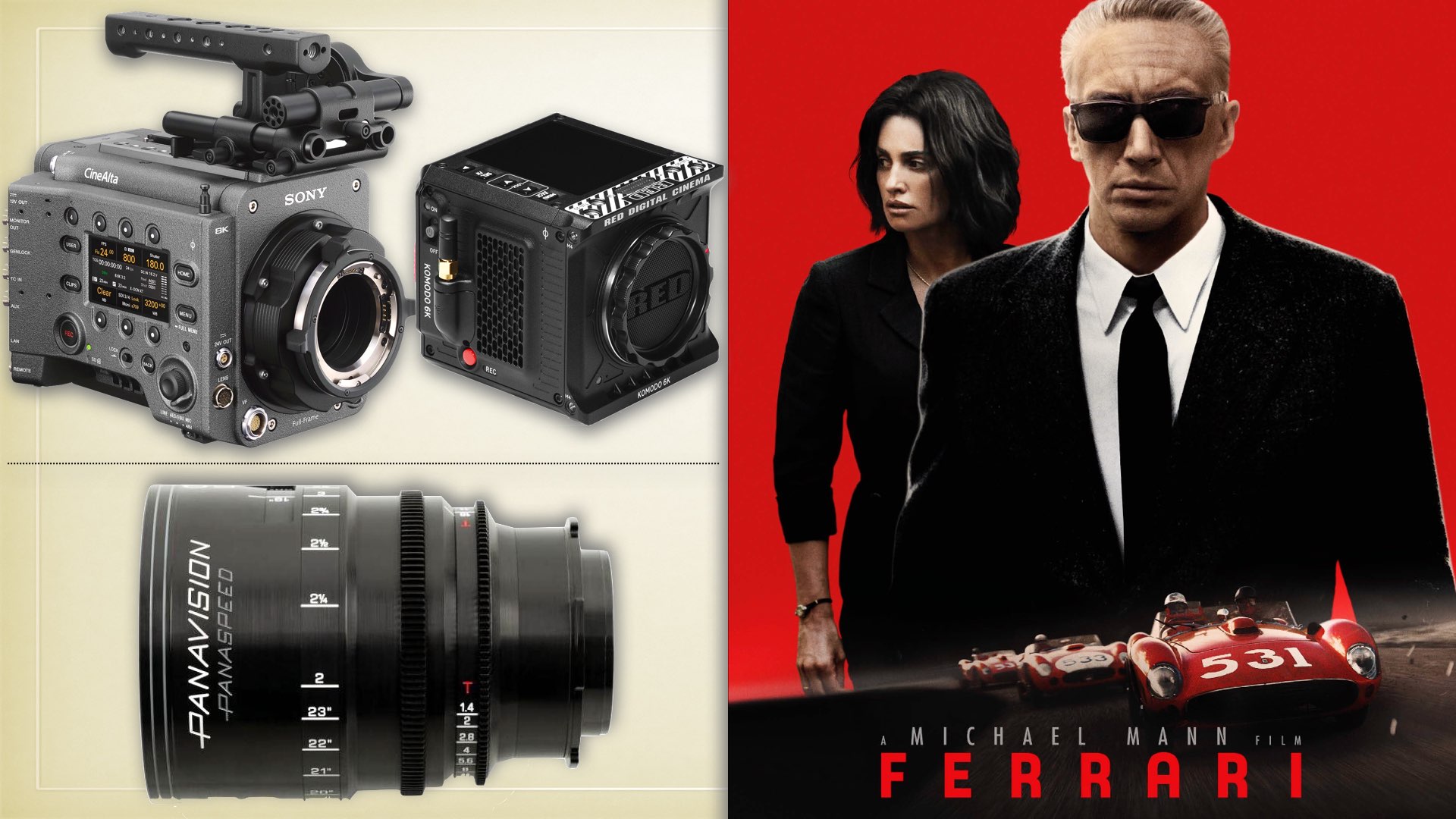
Final Verdict: Is the Komodo Worth Buying Now?
At its new price of $2,995, the RED Komodo offers incredible value for filmmakers looking to get their hands on a RED camera. With its 6K Super 35 global shutter sensor, RED’s signature image quality, and the camera’s compact design, the Komodo is a formidable choice for both independent filmmakers and professionals. The fact that RED continues to enhance the Komodo with regular firmware updates only adds to its appeal. If you’ve been considering a RED camera but were deterred by the price tag, the Komodo at this new price is an opportunity you shouldn’t miss. It combines RED’s industry-leading image quality with the flexibility and affordability that filmmakers have been craving. Whether you’re shooting high-action sports, cinematic drone footage, or indie features, the RED Komodo is a camera that delivers top-tier performance without breaking the bank.
Special thanks to CVP for their excellent video on whether it’s worth buying the RED Komodo nowadays, which provided valuable insights into the camera’s current value and performance. You can watch the full video below:

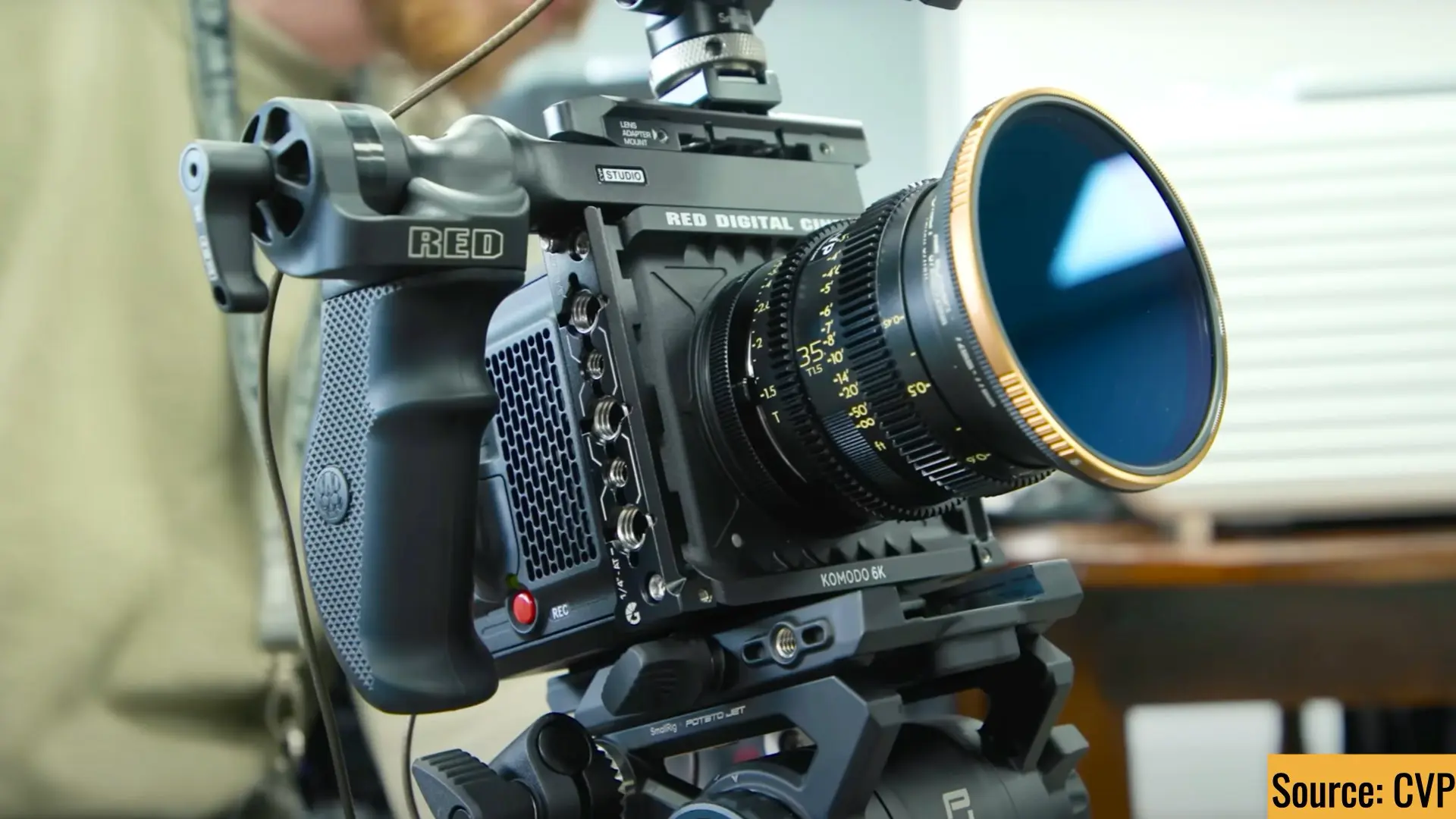
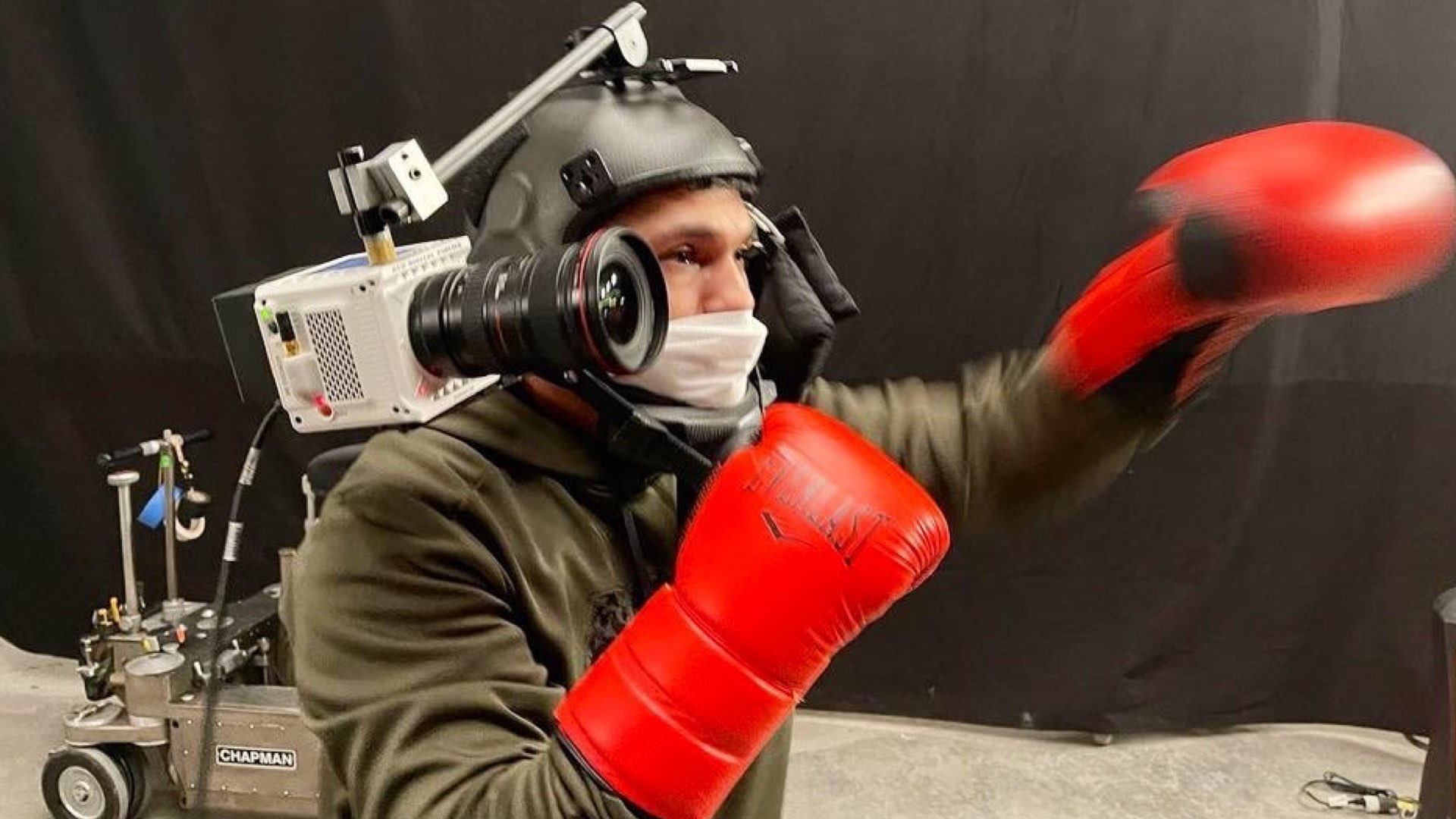
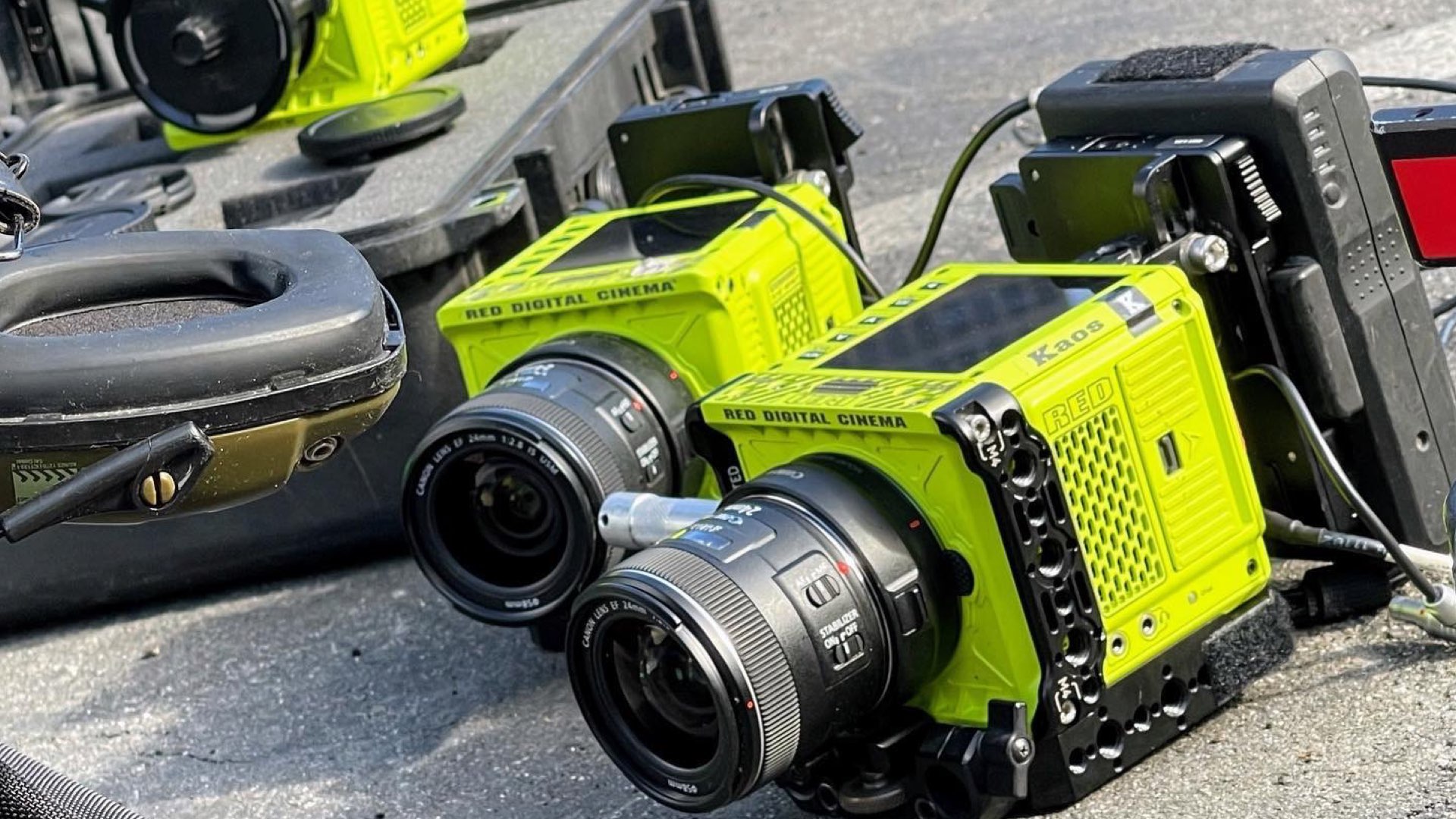
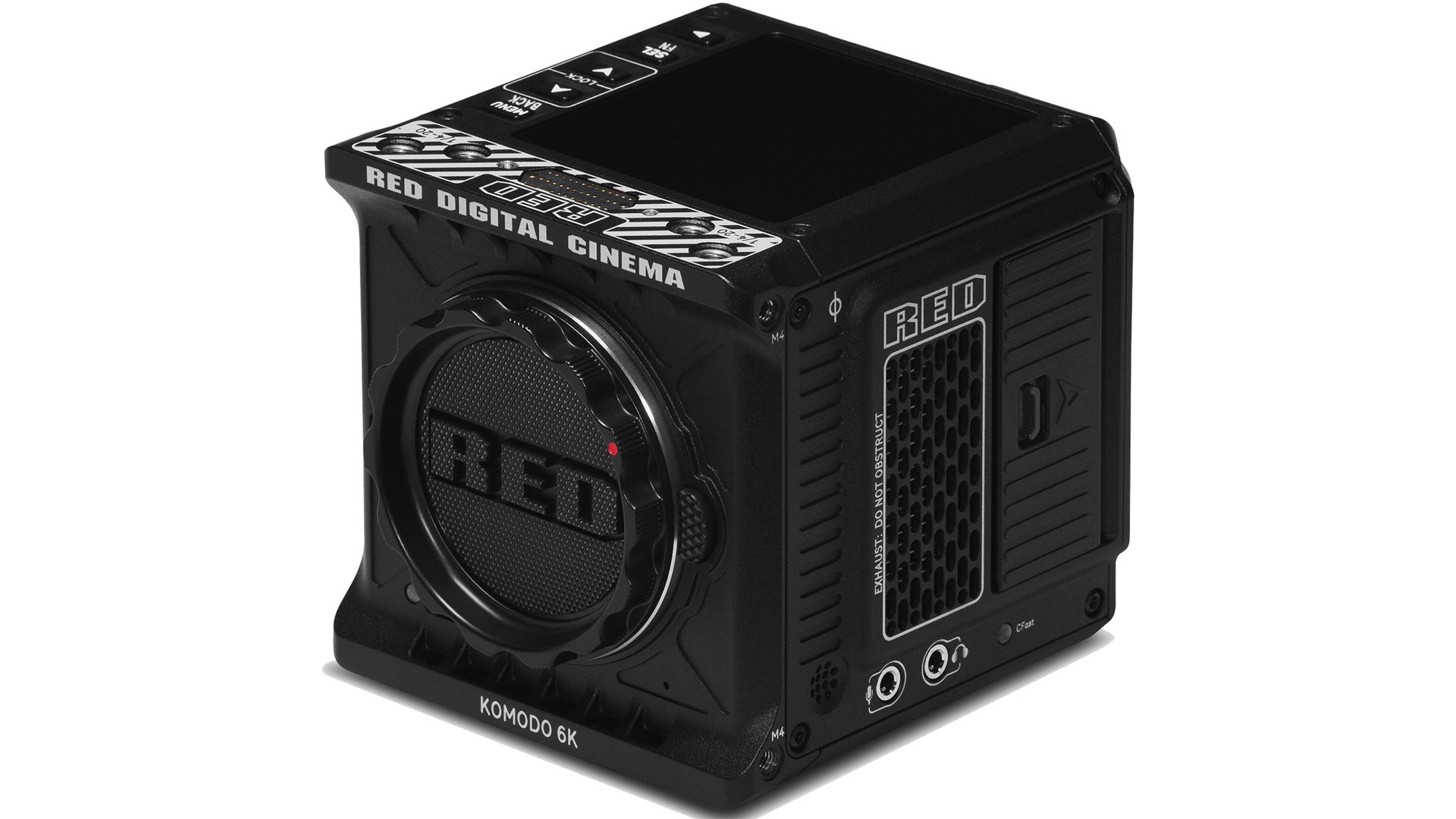
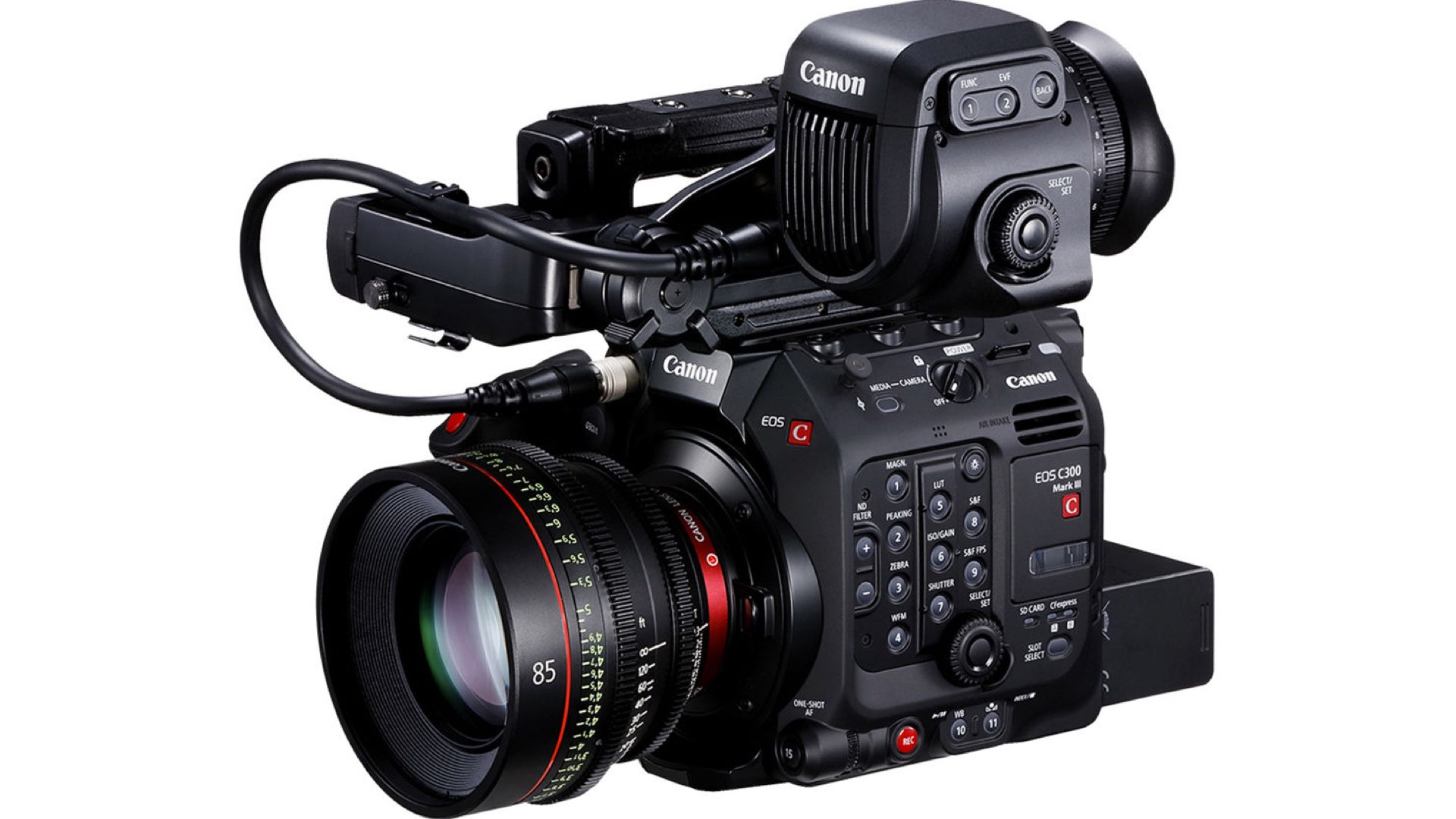
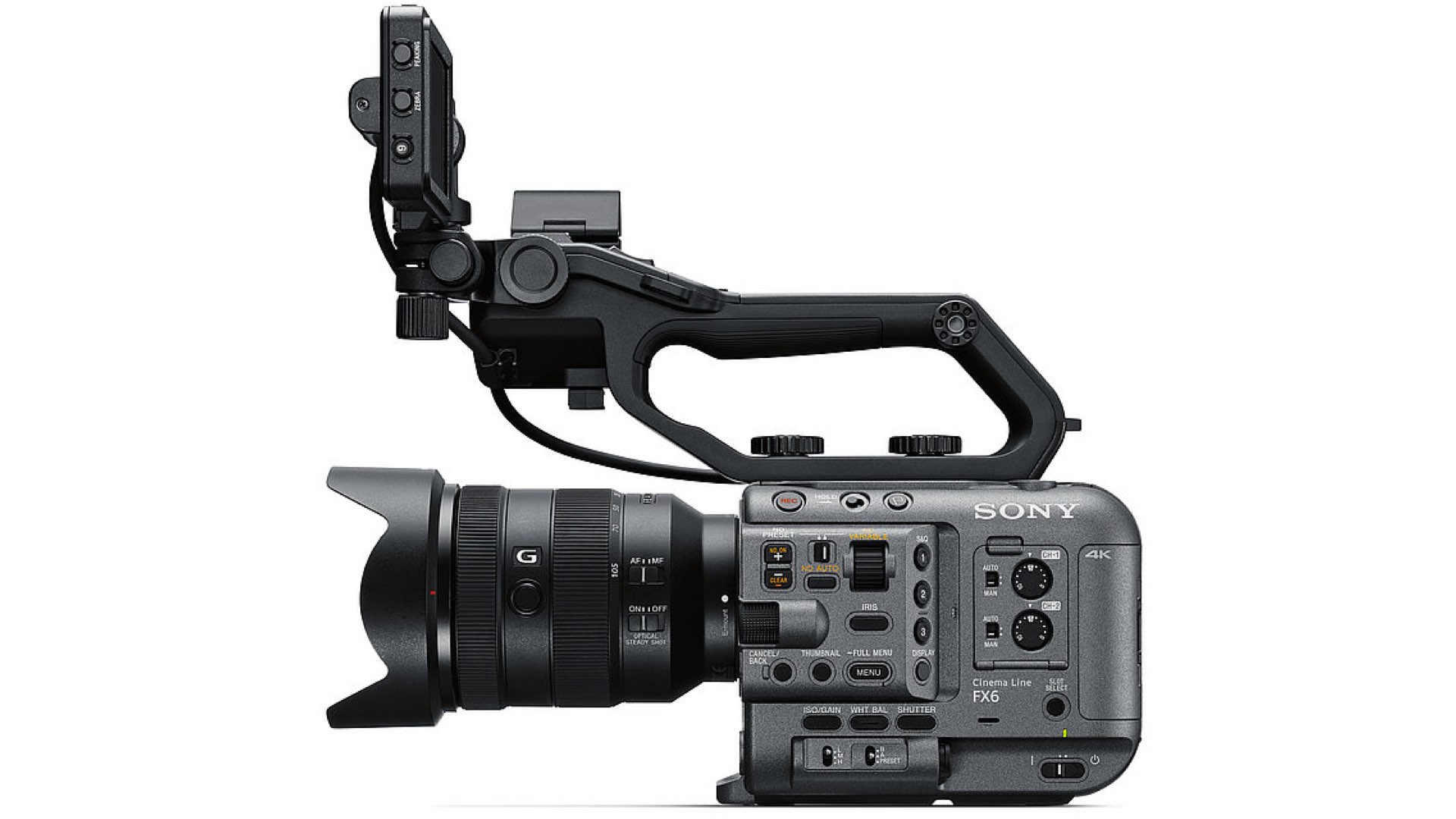
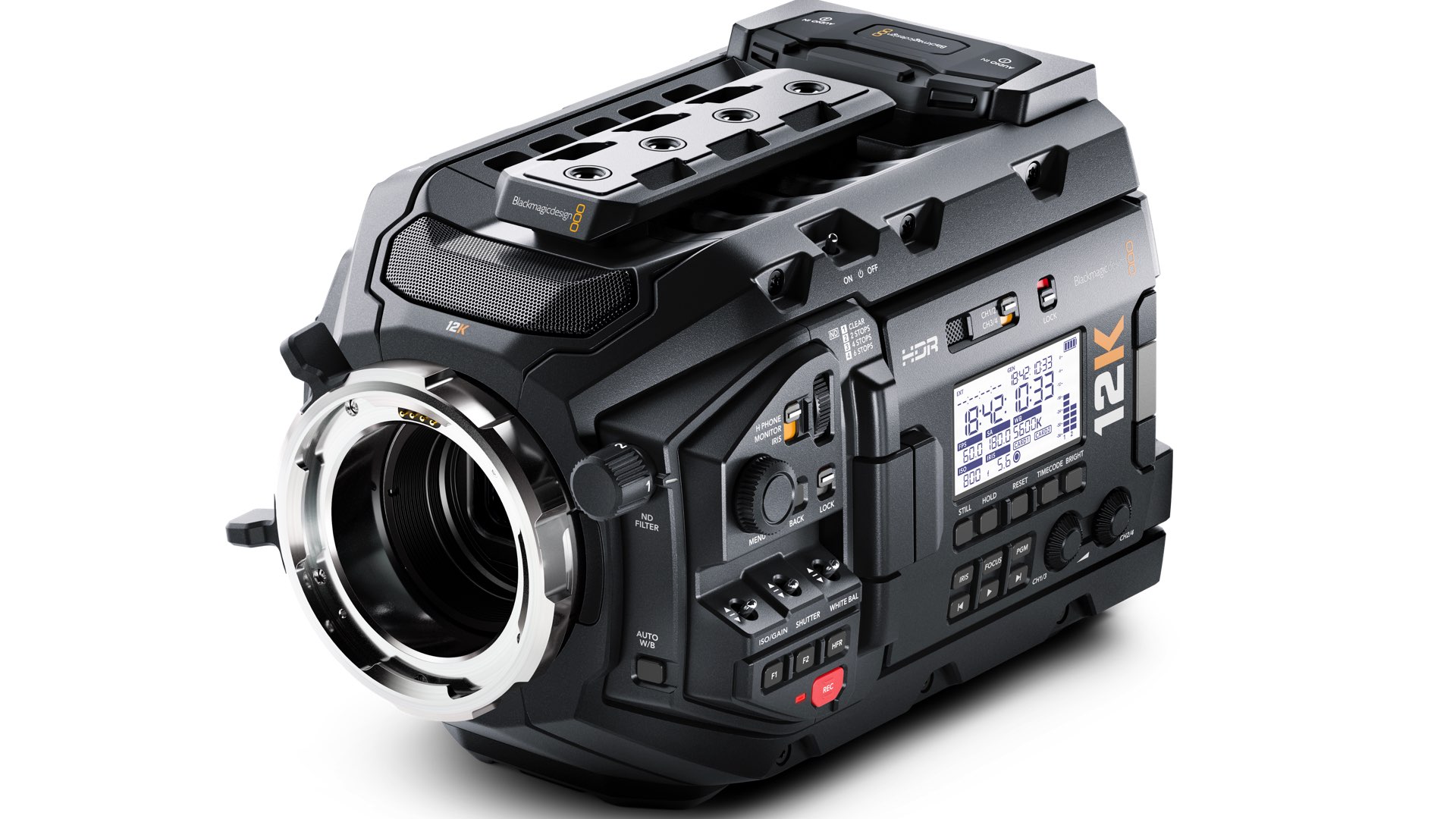

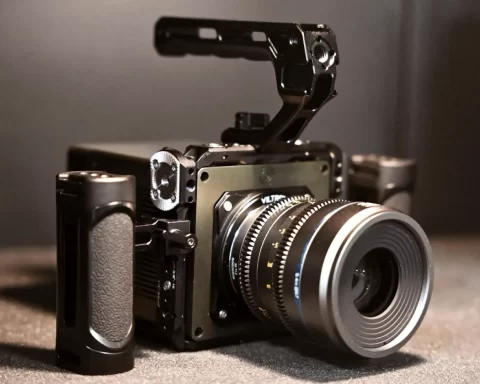
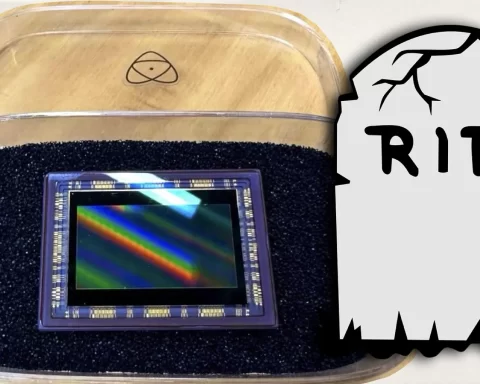
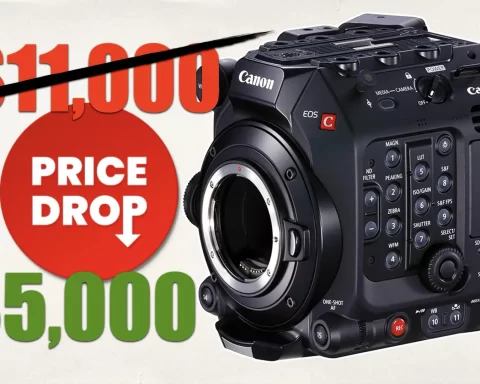
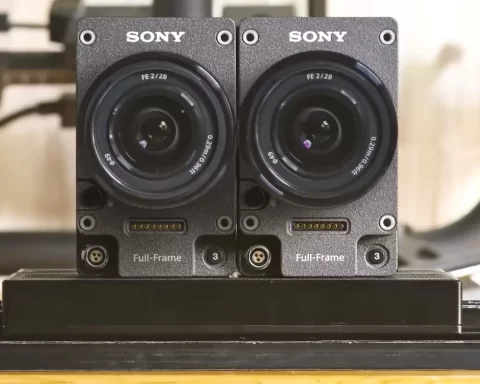
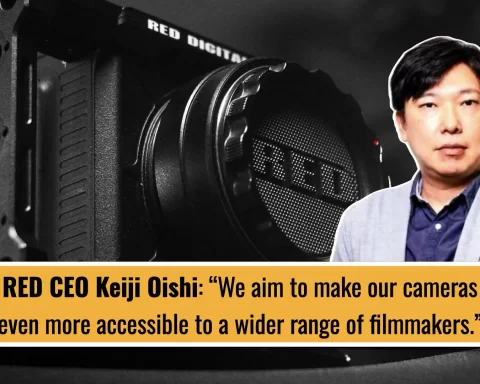
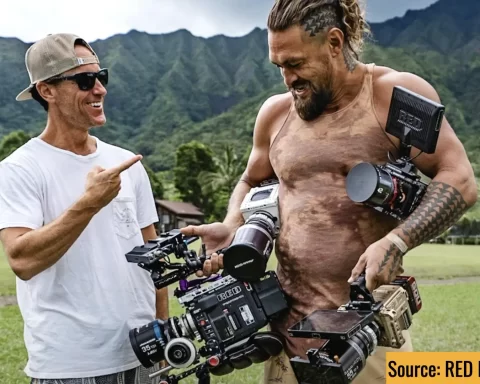
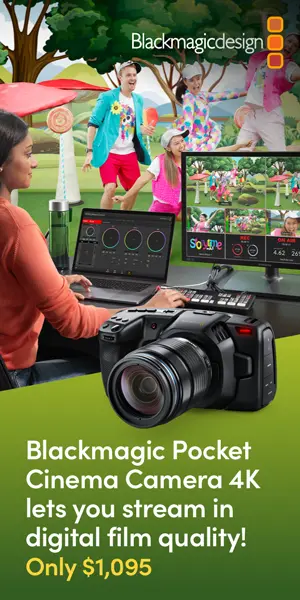
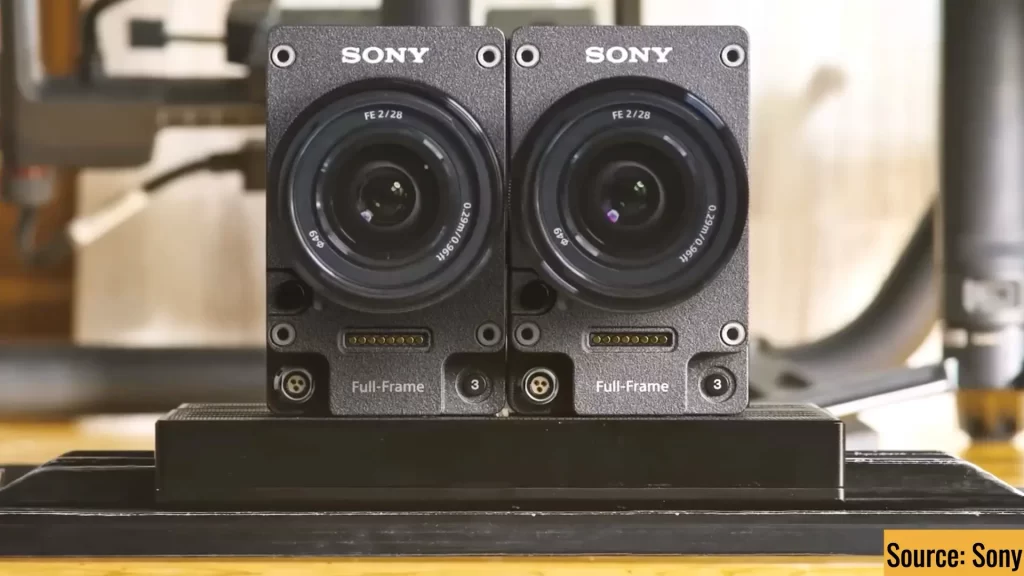
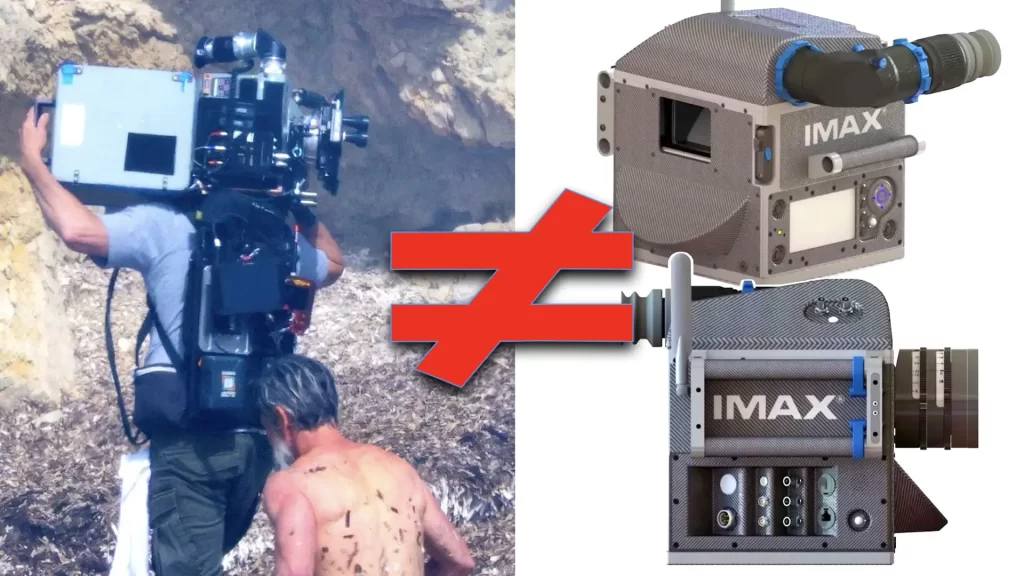
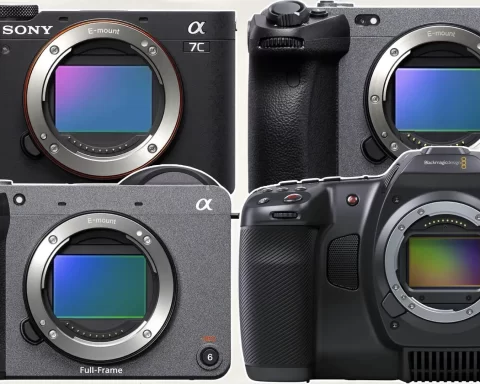
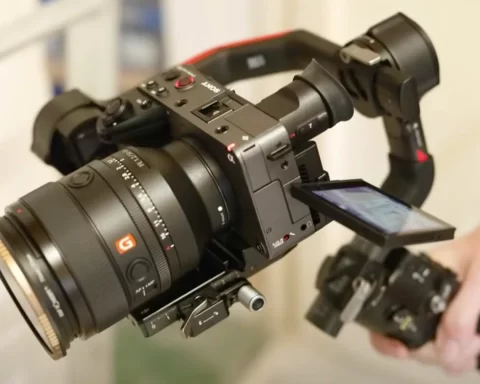
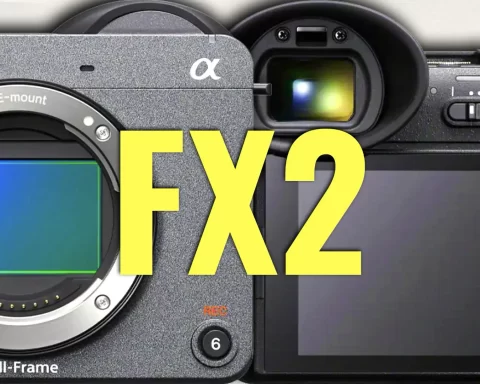
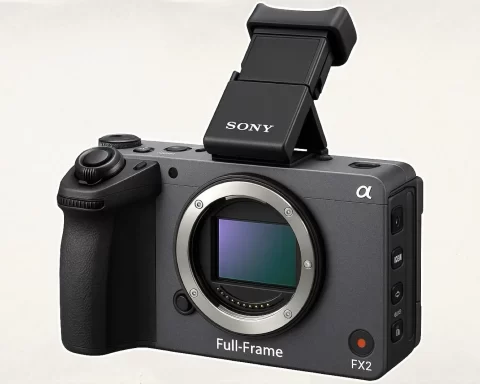
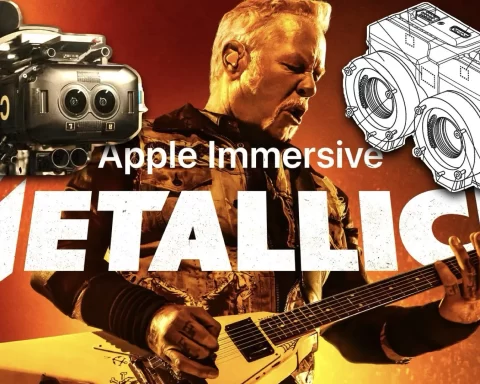
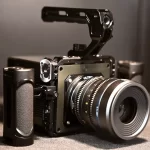
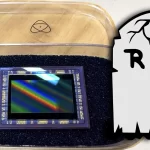
Shouldn’t it be compared with the Blackmagic PYXIS 6K product?
Full frame rolling shutter, open gate if that is useful to your work, pocket 6 k in better rigging friendly rectangular box form factor still larger than komodo
Blackmagic PYXIS 6K – L Mount (p/n CINECAMCPYXA60LFL) blackmagic-pyxis-6k-l / CINECAMCPYXA60LFL
£2,252.49
£2,702.99 inc VAT
Vs
4×4 cube metal, well ventilated, global shutter, r3d, .71 adapter for full frame if that is desirable, simple, bomb proof. Cheaper used after price drop.
RED KOMODO 6K Digital Cinematography Camera with S35 Sensor and RF Lens Mount (Brain Only) – Black (p/n 710-0333) red-komodo-6k-black / 710-0333-02
£2,425
£2,910 inc VAT